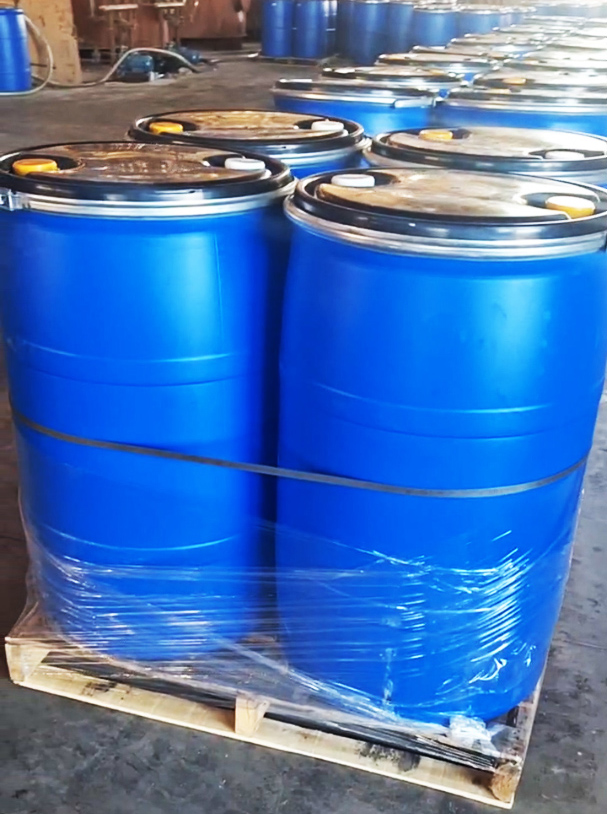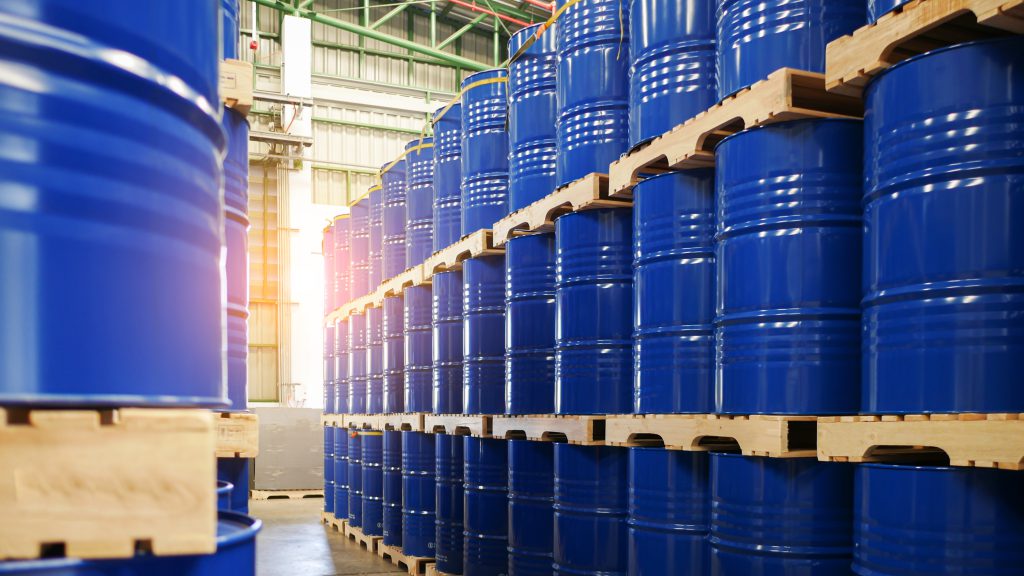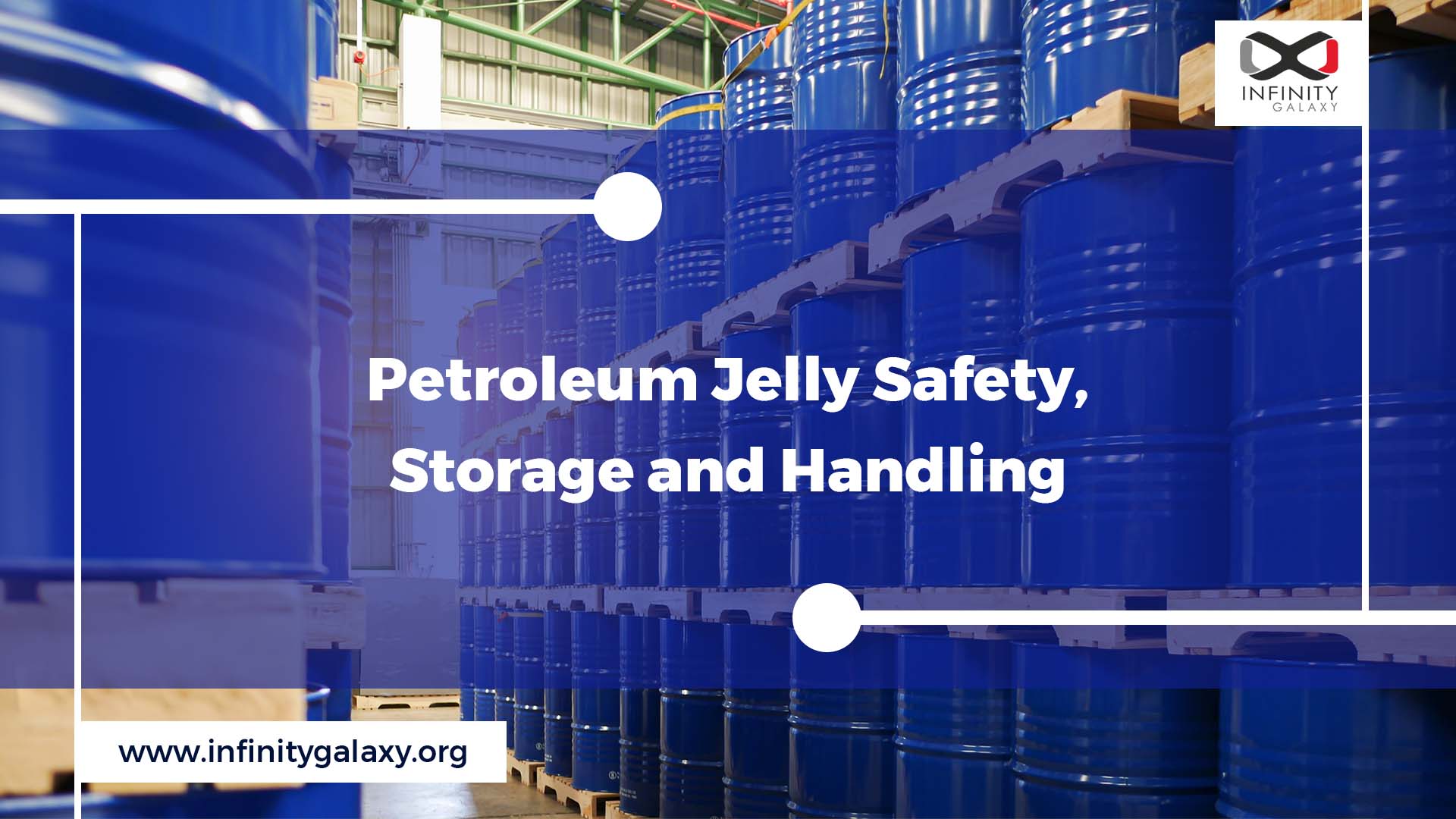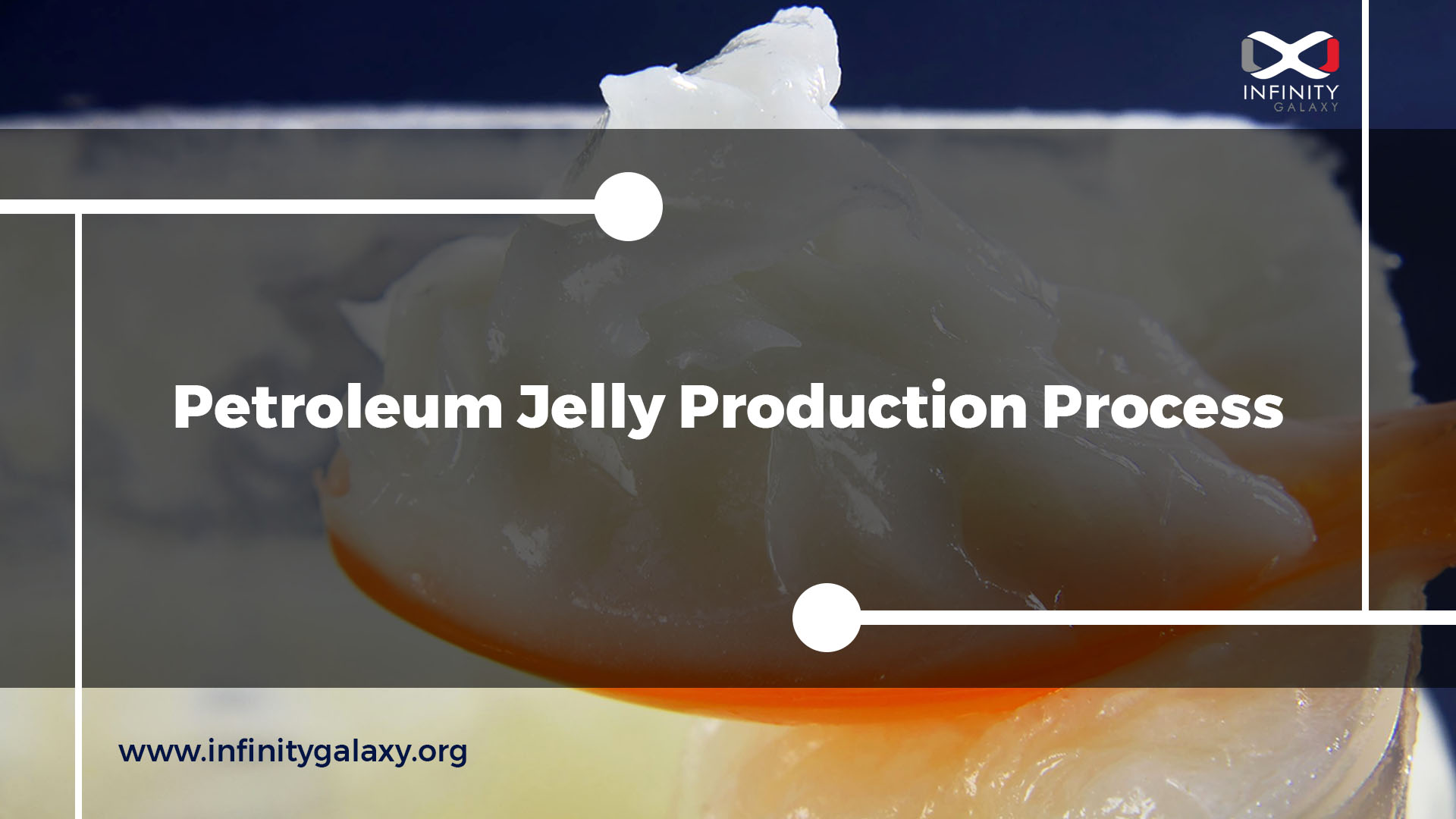Petroleum jelly, which is also known as vaseline, can be packed in new plastic drums and new steel drums. The packing of petroleum jelly is designed to ensure the safe transportation and storage of petroleum jelly.
It is important to know the differences between these packing and their specifications in order to choose the best packing for your intent.
In this article, you will read about the different petroleum jelly packings and their comparison.
What are Petroleum Jelly Packings?
New Plastic Drum
A plastic drum is a cylindrical-shaped container made of high-density polyethylene (HDPE), an extremely strong polymer. Petroleum jelly packings could be in two types of plastic drums:
- Closed-Head Plastic Drum
The closed-head plastic drum has a sealed cover, making it ideal for low-viscosity liquids, to avoid leakage.
- Open-Head Plastic Drum
The top of the open-head plastic drum can be removed to provide simple access. It is more suitable for solid and semi-solid products.
Open-head plastic drums are more suitable for petroleum jelly packing due to the easy extraction of the product. The plastic drums with capacities of 180 kg and 55 kg are the most widely used for petroleum jelly packing.
New Steel Drum
Steel drum is another type of petroleum jelly packing, which can be made of carbon steel and stainless steel.
They are usually coated from the inside with an epoxy polymer. Epoxy coating prevents damage to steel drums from oily products like petroleum jelly for a long time.
Steel drums are more recommended for highly sensitive types of petroleum jelly like Pharmaceutical.
Steel drums, like plastic drums, have two different types:
- Closed-Head Steel Drum
- Open-Head Steel Drum
The characteristics of closed-head and open-head steel drums are the same as those of plastic drums. Petroleum jelly packing can be in 180 kg and 55 kg size of steel drums.


Petroleum Jelly Packing Comparison
- Net Weight
The weight of a plastic drum is lower than a steel drum. As a result, they are easier to carry.
- Physical Strength
Both steel drums and plastic drums are very resistant to different damages and harms. However, steel drums are more reliable for dangerous or sensitive products.
- Chemical Strength
A plastic drum is more resistant to corrosion, temperature changes, and chemical substances than a steel drum.
- Reusability
Plastic drums and steel drums are both reusable, making them environmentally friendly and cost-effective. They can be used as second-hand drums for several purposes.
- Price
Plastic drums have a lower price than steel drums.
- Long-term Storage
For long-term storage, steel drums may be a better choice than plastic drums.
You can see below a summary of petroleum jelly packing comparison.
| Petroleum Jelly Packing Comparison | ||
|---|---|---|
| Specification | New Plastic Drum | New Steel Drums |
| Weight | Lighter | |
| Physical Strength | Better | |
| Chemical Strength | Better | |
| Reusability | Reusable | Reusable |
| Price | Lower Price | |
| Long-term Storage | Better | |
Petroleum Jelly Packing Specification
New steel drums and new plastic drums with a capacity of 180 kg are the most preferred petroleum jelly packings by customers in the Infinity Galaxy. In fact, 55 kg drums have higher packaging costs and more challenging transport operation.
The specifications of 180 kg steel drums and plastic drums are as below:
| Petroleum Jelly Packing Specification | ||
|---|---|---|
| Specification | New Plastic Drum 180 kg | New Steel Drums 180 kg |
| Height (mm) | 900 | 900 |
| Diameter (mm) | 590 | 590 |
| Material | High-Density Polyethylene (HDPE) | Epoxy Coated Carbon Steel and Stainless Steel |
| Color | Blue (Most Popular) | Blue (Most Popular) |
| Advantages | Lighter Net Weight Lower Cost Corrosion resistant Reusable | Reliable for Dangerous and Sensitive Products Good for Long-Term Storage Reusable |
| Quantity per Container | 80 drums in a 20-foot container, 140 drums in a 40-foot container | |
Rate this article if it was helpful for you. You can check the latest price of petroleum jelly in the Infinity Galaxy and send us any questions or orders by leaving a comment or a WhatsApp message.








